Fingering
The left-hand is the same for middle G (G2) and high G (G3). The right-hand is completely different.
Like middle G (G2) the octave below, high G (G3) also requires half-hole and the pinky resonance key. The amount of hole you need to open (uncover) for the half-hole might be a little different from the octave below and you will need to experiment to find just the right position for your left index finger.
The whisper key can help the response, intonation, and tone of the high G, but it can be hard to get to in certain technical passages. Use it whenever you possibly can but know that sometimes you’ll have to play G3 without the whisper key.
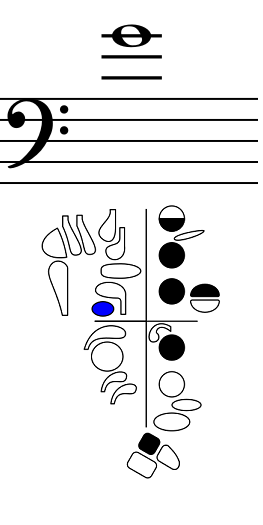
Response
Good response on G3 requires
- an accurate aural target
- a very cold, fast, steady air stream,
- the right amount of half-hole open,
- adequate but not excessive support from the embouchure.
Intonation: G3 tends to be quite sharp
- Lower back of tongue to form an “Ah” vowel sound to lower the pitch
- Correct fingering includes half-hole and resonance key as well as the whisper key when possible,
- Check your reed opening. A smaller opening will facilitate high notes but if the reed is too closed your airstream will blow the tip closed and stop the sound.

For a Rich, Resonant Tone
Follow the same tips needed for response and intonation. The tone on G3 can be thin and pinched if the embouchure is too tight, there isn’t enough breath support, the airstream is too weak, the oral cavity is closed, and/or the jaws are clenched.
- Fast, cold, steady air stream
- Open oral cavity
- Space between the teeth
- Voice a low vowel shape (hot or putt)
- Correct fingering includes half-hole, resonance key, and whisper key when possible.
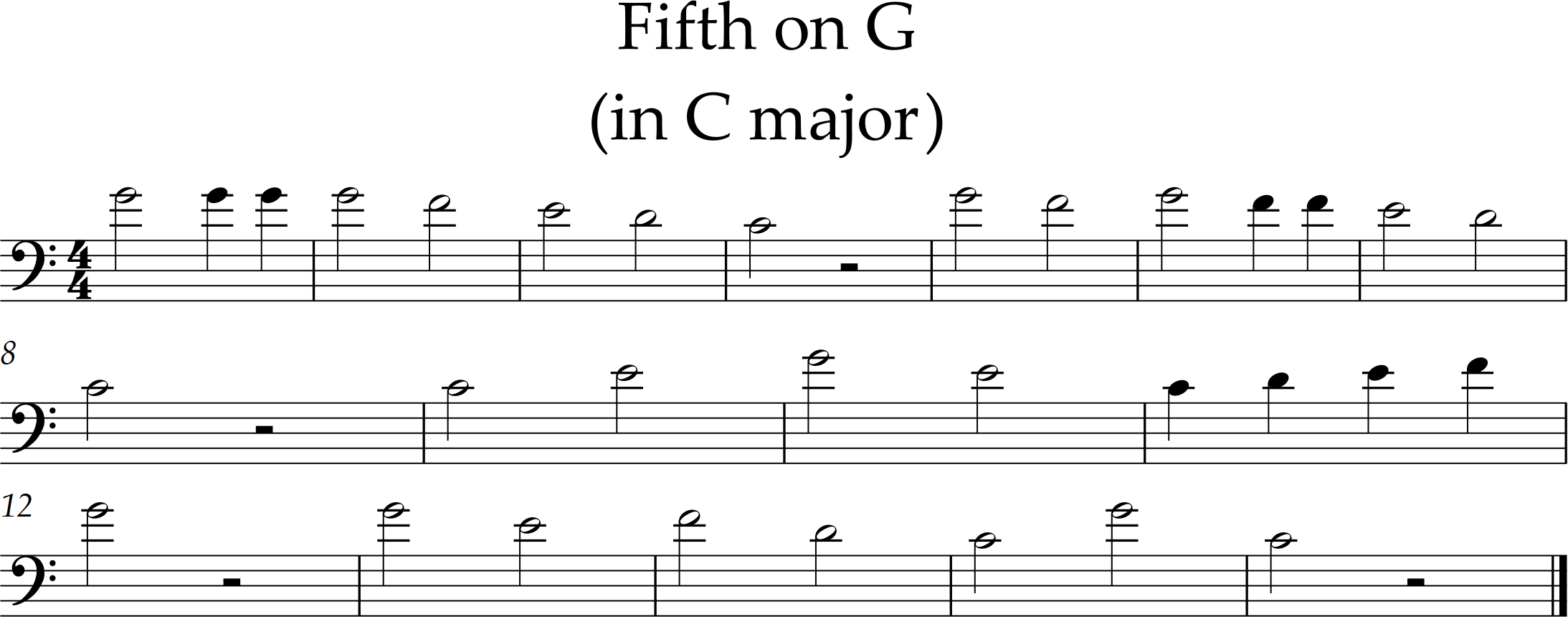
In the key of c minor the E changes to an Eb.
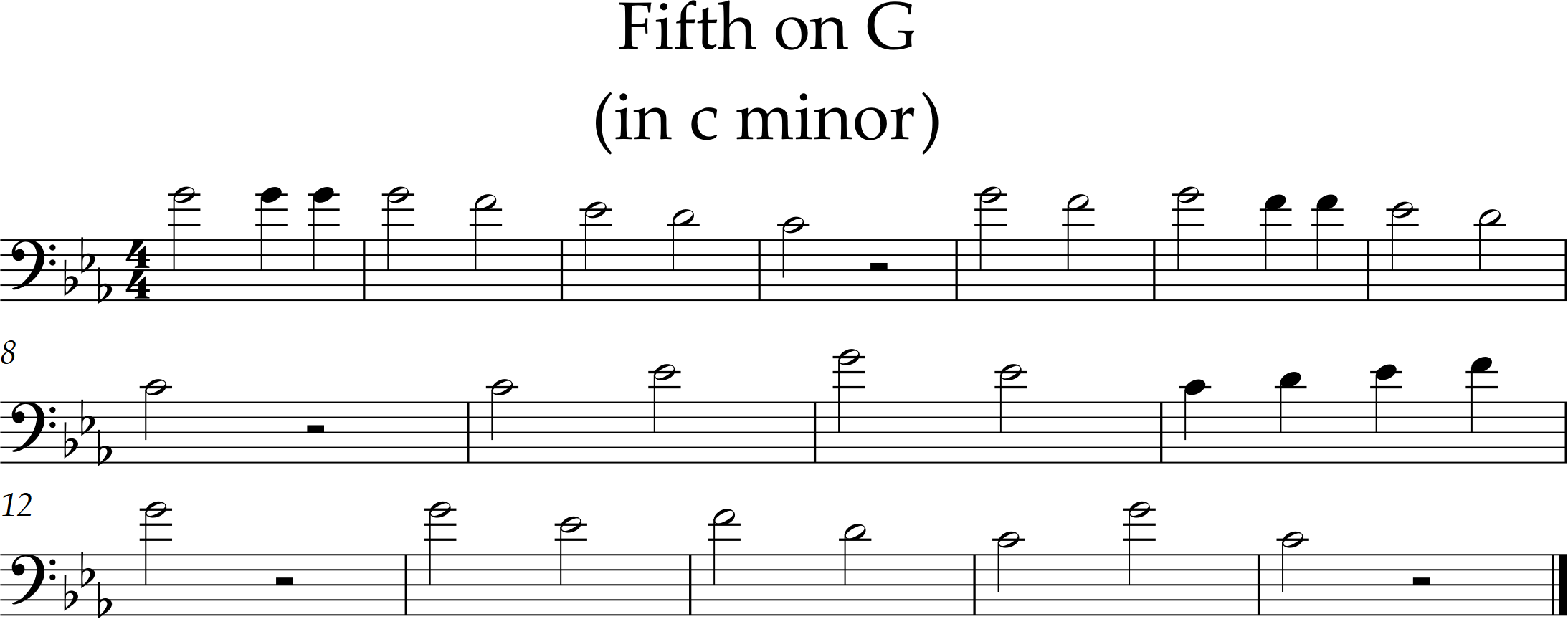
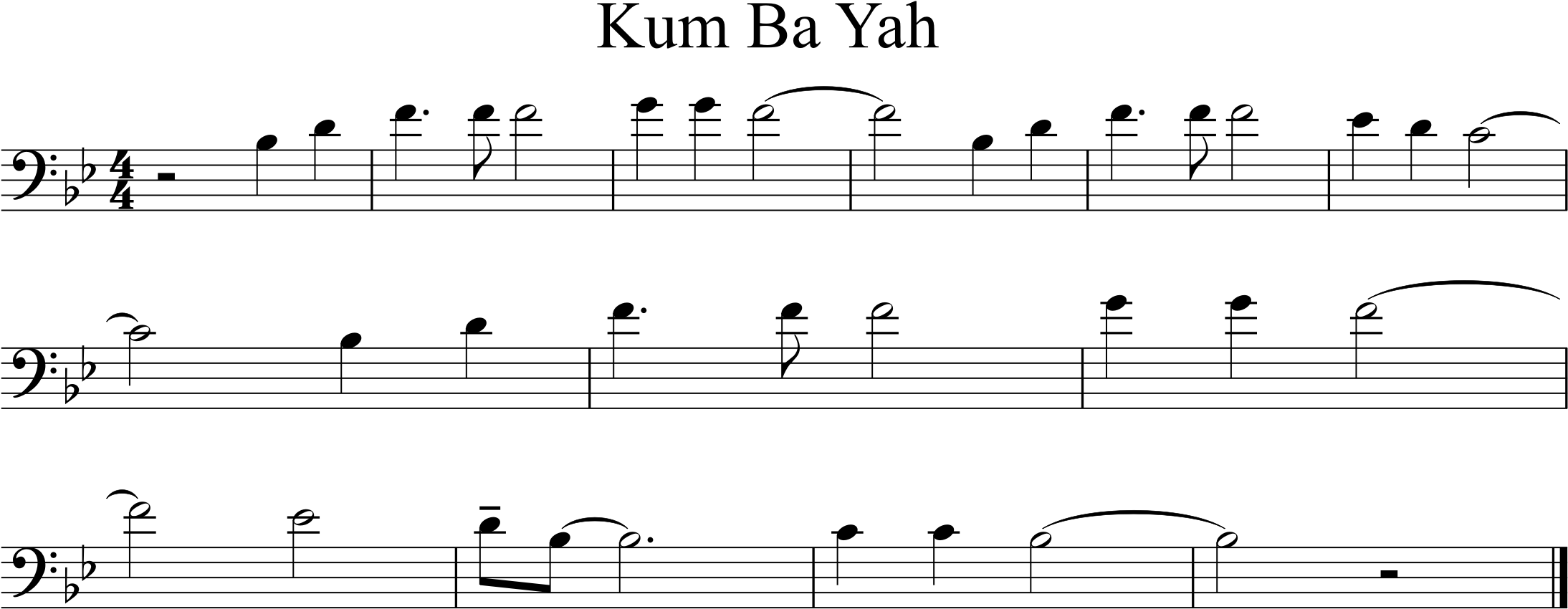
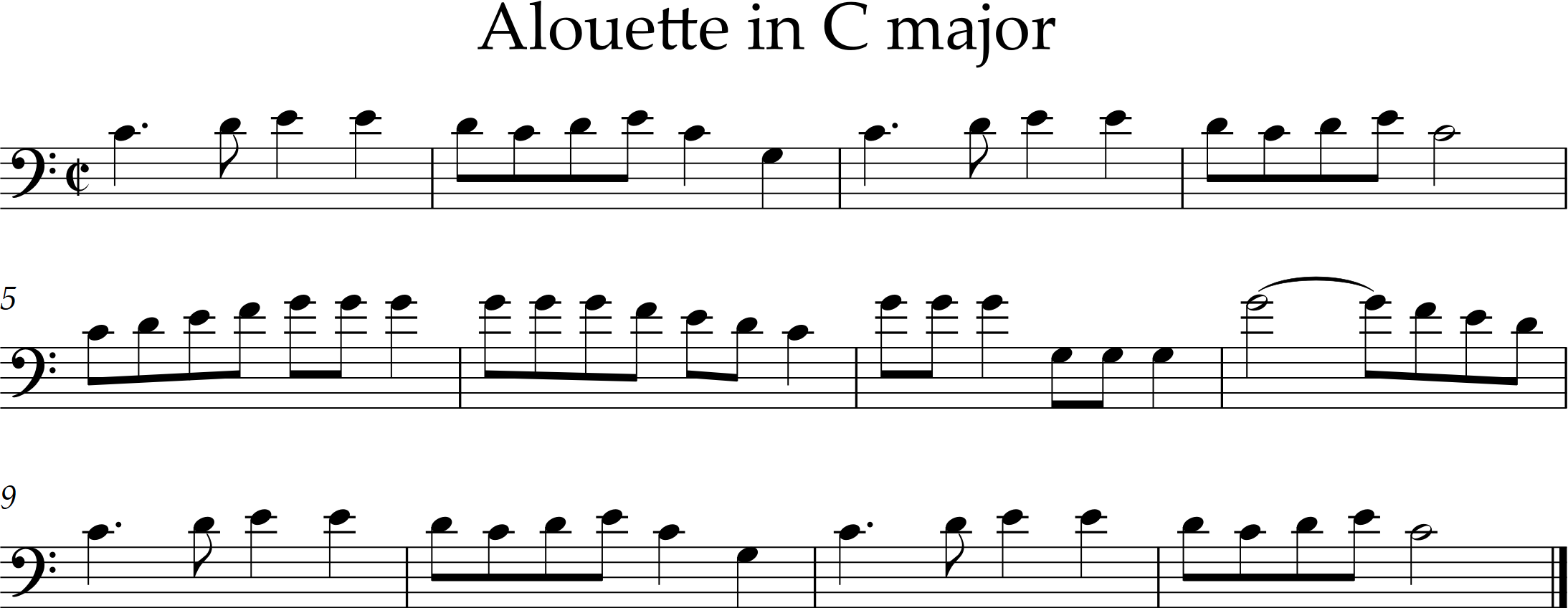


Feedback/Errata